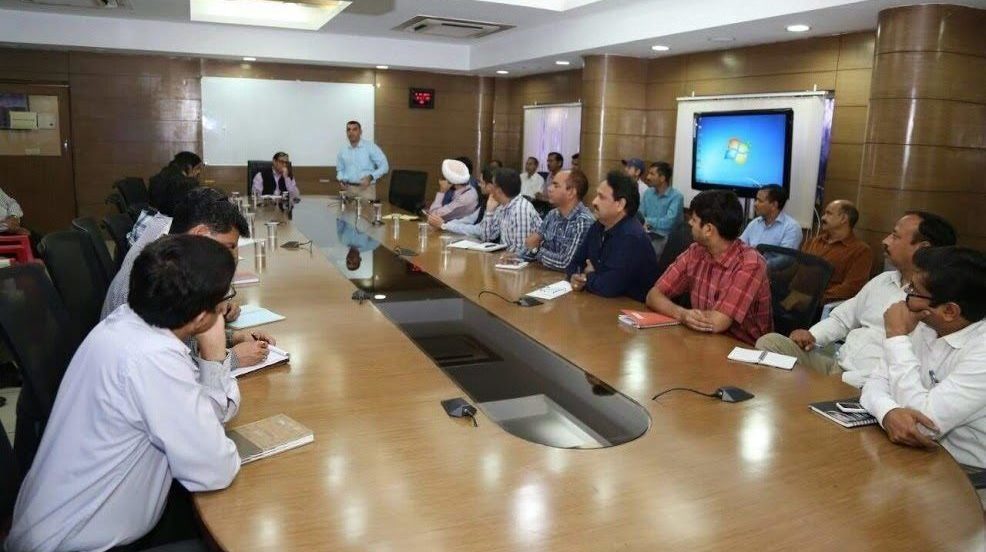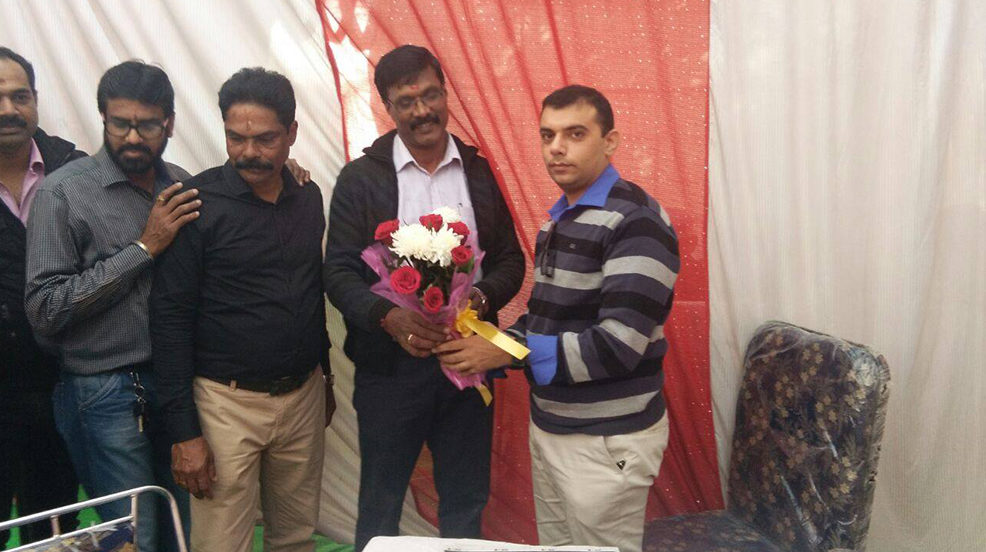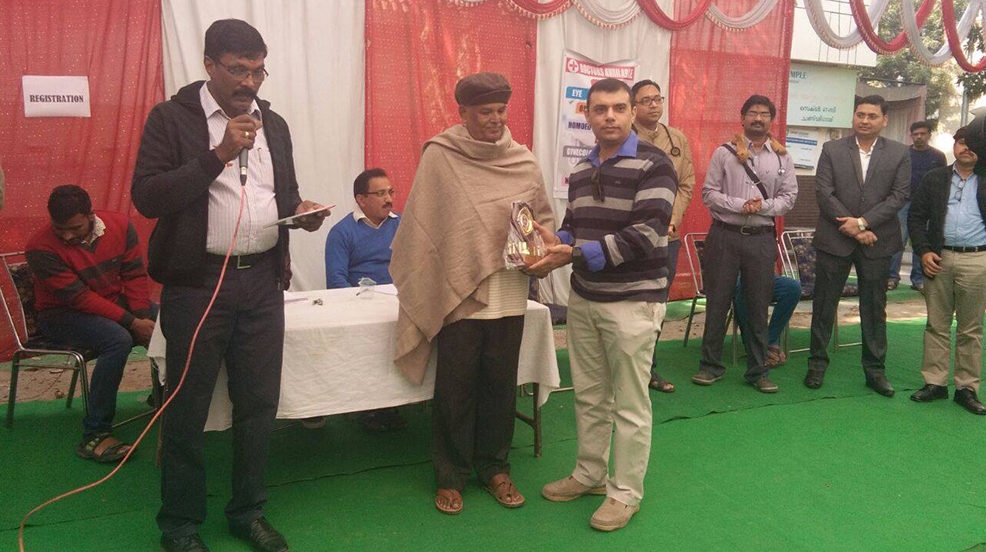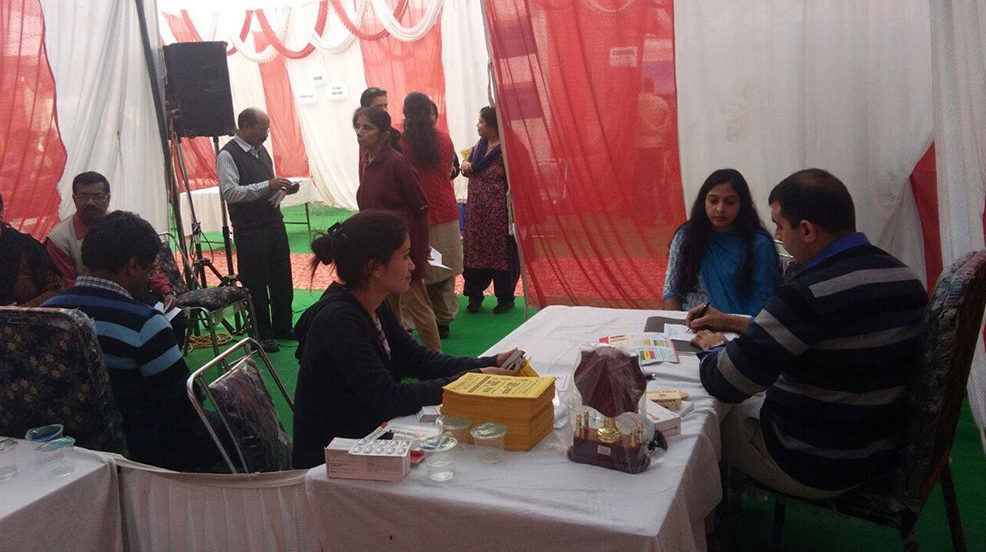Dr. Manu Mengi, known for his skill in Knee and Hip Replacement in Chandigarh, has established himself as a reliable figure in the field of orthopedic surgery. His unrivalled surgical expertise and customized patient care have earned him worldwide appreciation from patients alike. Dr. Manu Mengi approaches each surgery with accuracy and care, making sure of the best possible results for his patients.
Personalized care and advice
Beyond his skills, it is his compassionate approach to patient care that truly distinguishes him. Dr. Manu Mengi knows the physical and emotional problems that people with joint issues face, and he goes above and beyond to provide personalized care and advice throughout their treatment path.
Overall patient experience
Through his constant pursuit of innovation, he strives to improve the efficacy and safety of orthopedic surgeries. Additionally, he works with other researchers and industry specialists to investigate creative ways for knee replacement surgery, to improve existing methods and to develop new solutions. He helps to shape the future of orthopedic treatment by pushing the boundaries of knowledge and technology. Dr. Manu’s pioneering research not only improves surgical outcomes but also works on the overall patient experience, ensuring that people receive the best treatment possible.
Trust Dr. Manu Mengi for outstanding results
Dr. Manu Mengi offers outstanding results by embracing innovation and constantly looking for ways to improve his practice. His commitment to staying updated on the newest breakthroughs in orthopedic technology and surgical techniques guarantees that patients receive the most modern and successful treatments possible. Dr. Manu’s proactive approach to integrating cutting-edge innovations into his practice not only improves care quality but also leads to better surgical outcomes and higher patient satisfaction.
Have an insight into a wide range of treatments offered by him that caters to the needs of the patients –
- Total knee replacement (TKR)
- Total hip replacement (THR)
- Partial knee replacement (PKR)
- Hip resurfacing
Overall, Dr. Manu’s commitment to staying updated with the latest advances in orthopedic technology and surgical techniques ensures that his patients receive cutting-edge therapies. This dedication to innovation allows him to produce superior results, resulting in less suffering and faster recovery times for his patients. Dr Manu’s role at the forefront of orthopaedic research is demonstrated by his active contributions to the evolution of surgical procedures and implant technology.
When to consider knee or hip replacement
When typical treatments such as medicine, physical therapy, or injections fail to relieve chronic joint pain, people consider knee or hip replacement surgery. Moreover, if joint stiffness and reduced mobility begin to significantly impair daily activities and lower quality of life, it may indicate the necessity for joint replacement. The substantial joint degeneration caused by disorders such as osteoarthritis, rheumatoid arthritis, or other degenerative joint diseases, as well as severe joint damage caused by traumatic events, may be reasons to consider joint replacement surgery.
Embark on your journey to restored mobility with Dr. Manu Mengi
Under the guidance and support of Dr. Manu Mengi, patients can confidently and peacefully embark on their journey to restored mobility and a better quality of life. His holistic approach to Knee and Hip Replacement in Chandigarh assures not only great outcomes but also a positive and comforting experience for patients throughout their treatment. Additionally, his experience, together with his compassionate care and commitment to quality, instils trust and reassurance in his patients, allowing them to take the required steps toward regaining mobility and resuming active lifestyles. Patients can rest assured that they are in capable hands, getting the highest level of care and tailored attention to achieve the best potential outcomes.
When it comes to the health of your knees and hips, nothing but the best will work, and this is exactly what Dr. Manu offers. Dr. Mengi’s expertise and empathic approach ensure that patients receive excellent therapy aimed at alleviating chronic pain, regaining mobility, and improving total joint function.
To Sum Up
Are you deciding whether to consider knee or hip replacement? Schedule a consultation with Dr. Manu Mengi, an expert in Knee and Hip Replacement in Chandigarh. Before recommending knee or hip replacement surgery, he conducts thorough exams and considers a variety of criteria, including the severity of symptoms, overall health, and individual goals. Using his knowledge and patient-centred methods, Dr. Manu Mengi ensures that each patient receives individualized guidance and aid in making well-informed decisions about their joint health and available treatment options. Trust your knees and hips to Dr. Manu Mengi for an experience that prioritizes your health and allows you to live an active, meaningful life.





